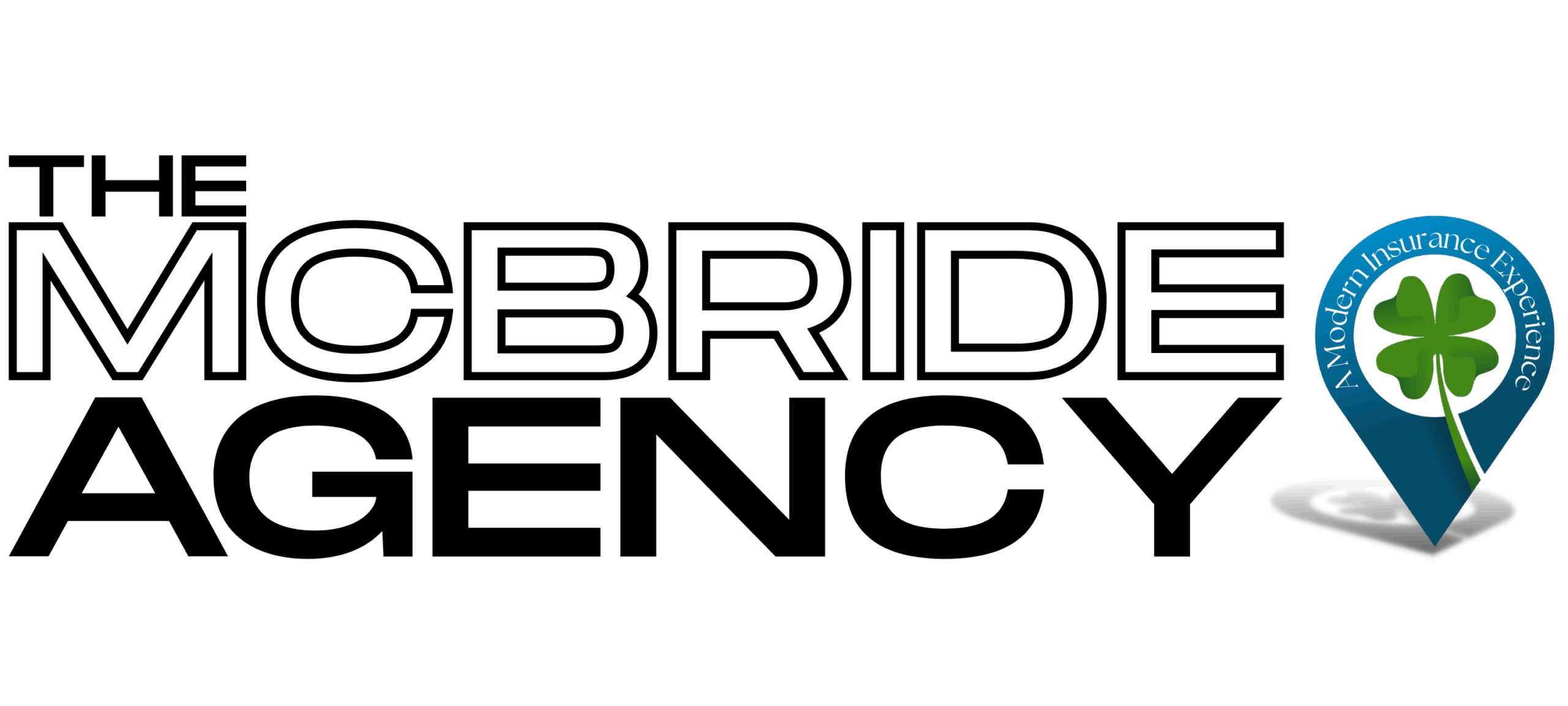Water damage can be a homeowner’s worst nightmare, leading to costly repairs and significant disruption. While many might associate water damage with natural disasters like floods, an often-overlooked source of trouble is water backing up from sewers or drains. This is where water backup coverage comes into play, serving as a crucial add-on to standard home insurance policies. In this blog post, we will explore the essentials of water backup coverage, helping you understand how much you might actually need. We’ll guide you through evaluating risk factors, estimating coverage needs, and navigating the costs associated with this specific insurance. By the end of this post, you’ll be better equipped to make informed decisions about protecting your home and assets from the unexpected yet common issue of water backup.
Understanding Water Backup Coverage
What is Water Backup Coverage?
Water backup coverage is an addition to your standard homeowners’ insurance policy that addresses the damage caused by the backup of water through sewers or drains, and sometimes sump pump failure. Unlike flood insurance, which is typically required in high-risk flood zones and covers damage from external rising water, water backup coverage is designed to protect you from a specific type of internal water damage.
Common Misconceptions
One common misunderstanding is equating water backup coverage with flood insurance. It’s vital to recognize that these coverages serve different purposes. Flood insurance is broader and mandated by mortgage lenders in certain areas, while water backup coverage is optional and specifically targets incidents like sewer backup, which can occur regardless of geographic location or flood risk.
By understanding what water backup coverage is and clearing up common misconceptions, homeowners can make more informed decisions about their insurance needs and ensure they are adequately protected against potential water damage.
Evaluating Your Risk Factors
Factors That Influence Coverage Needs
Determining the right amount of water backup coverage starts with an evaluation of your property’s risk factors. Key considerations include:
- Location: Homes in areas with higher rainfall or older sewer systems may face a higher risk of water backup.
- Age of Property: Older homes may have outdated plumbing systems more susceptible to backups.
- History of Water Issues: Properties with a history of sewer backups or water issues are at increased risk and might require more comprehensive coverage.
Statistical Insights
To illustrate, homes in urban areas with aged infrastructure are statistically more likely to experience sewer backups during heavy rainfalls, underscoring the importance of adequate coverage.
Assessing Your Home’s Vulnerability
Perform a simple assessment by checking your home’s plumbing system, considering the age of your sewer lines, and consulting with professionals if you have experienced issues in the past. This proactive approach not only helps in understanding your coverage needs but also aids in preventing future incidents.
By carefully evaluating these factors, homeowners can tailor their insurance coverage to effectively mitigate the financial risks associated with water backup damage.
How Much Coverage Do You Really Need?
Assessing Coverage Adequacy
To determine the adequate amount of water backup coverage, start by considering the potential cost of damage in your home. This includes:
- Replacement Costs: Estimate the cost to replace damaged furniture, electronics, and other personal belongings.
- Repair Expenses: Consider the potential expenses for cleaning up and repairing any structural damage caused by water backup.
Special Considerations for Basements
If your home includes a basement, especially one used as a living space or for storing valuable items, you might need additional coverage. Basements are particularly susceptible to water backup damage, and the cost of restoring them can be substantial.
Coverage Limits
Insurance policies typically offer various levels of coverage limits for water backup, ranging from $5,000 to $25,000 or more. Assess your home’s value and use this as a benchmark to determine a suitable coverage limit. For many homeowners, the higher end of this spectrum is advisable to cover the potential high costs of damage restoration.
Personalized Assessment
It’s wise to consult with an insurance agent who can provide a personalized risk assessment based on the specifics of your property and region. This consultation can help ensure that your coverage matches your actual needs, avoiding both underinsurance and unnecessary premiums.
By systematically assessing these aspects, homeowners can establish a coverage plan that balances cost with peace of mind, ensuring that they are neither over-insured nor underinsured.
Cost of Water Backup Coverage
How Premiums Are Calculated
The cost of adding water backup coverage to your home insurance policy can vary significantly based on several factors, including:
- Risk Factors: As mentioned earlier, properties in high-risk areas or with a history of water issues may face higher premiums.
- Coverage Limits: Higher coverage limits result in higher premiums, but they provide greater financial protection.
- Insurance Provider: Different insurers have different pricing structures, so it pays to shop around.
Average Costs
On average, water backup coverage can cost anywhere from an additional $10 to $250 or more per year, depending on the factors above. This is a relatively small amount compared to the potential cost of cleanup and repairs after a backup, which can easily run into thousands of dollars.
Reducing Your Costs
There are several strategies to potentially lower the cost of your water backup coverage:
- Preventative Measures: Installing a backwater valve or sump pump can reduce the risk of water backup and may lower your premiums.
- Bundling Policies: Some insurers offer discounts when you bundle multiple policies, such as combining home and auto insurance.
- Comparative Shopping: Always compare quotes from multiple providers to ensure you are getting the best rate for the coverage you need.
By understanding these cost factors and taking proactive steps, homeowners can find affordable water backup coverage that provides ample protection without straining the budget..
Choosing the Right Insurance Provider
Factors to Consider
Selecting an insurance provider for water backup coverage involves more than just comparing costs. Consider these key factors to ensure you choose a reliable partner:
- Coverage Options: Ensure the provider offers coverage limits and terms that meet your specific needs. Look for flexibility in coverage options that can be tailored to your situation.
- Customer Service: Quality customer service is crucial, especially when dealing with the stress of water damage claims. Look for providers with positive reviews regarding their responsiveness and support.
- Claims Process: The efficiency and transparency of the claims process are vital. Providers that offer straightforward, quick claim handling can significantly reduce the stress of recovery after an incident.
- Financial Stability: A financially stable insurance company is more likely to be reliable when it comes to paying out claims. Check ratings from agencies like A.M. Best or Standard & Poor’s for an objective assessment.
Comparing Providers
No single insurer will be the best for everyone, so it’s important to compare what various companies offer. Use online comparison tools and read customer testimonials to gauge how insurers stack up against each other.
Personal Recommendations
Additionally, consider asking friends, family, or a trusted insurance agent for recommendations based on personal experiences. Often, first-hand accounts provide insight into how an insurer handles claims and interacts with customers.
By carefully evaluating these factors, you can choose an insurance provider that not only meets your financial and coverage needs but also provides peace of mind knowing that you are well-supported in the event of water backup damage.
Understanding and selecting the right water backup coverage is essential for any homeowner seeking to safeguard their property from unexpected and costly damage due to sewer or drain backups. Throughout this post, we’ve explored how to evaluate your risk factors, assess the necessary coverage level, understand the associated costs, and choose a reliable insurance provider.
Key Takeaways:
- Assess Your Risk: Consider your location, the age of your property, and any previous water issues to determine your susceptibility to water backups.
- Determine Adequate Coverage: Balance the cost of potential damage with the expense of insurance premiums to choose appropriate coverage limits.
- Select the Right Provider: Look for insurers that offer not only competitive pricing but also excellent customer service and a straightforward claims process.
Water backup issues can strike unexpectedly and lead to significant damage. By being proactive about your water backup coverage, you can protect your home and finances against such unpredictable events.
Don’t wait for the next heavy rainstorm to find out if your home is protected. Review your current insurance policy and consider whether adding or adjusting your water backup coverage could provide you with greater peace of mind. Consult with a trusted insurance expert to tailor a policy that fits your unique needs and ensures that your home is fully protected.

